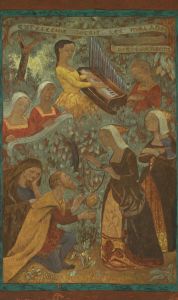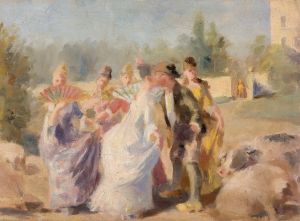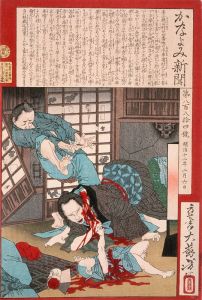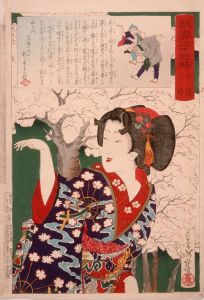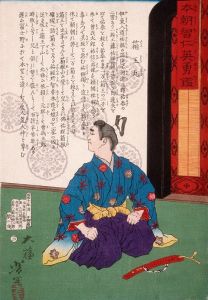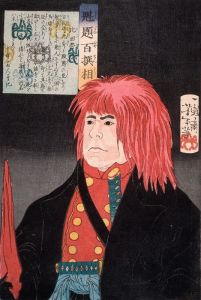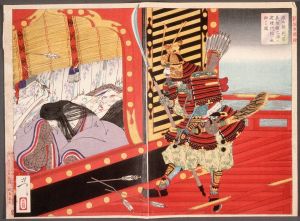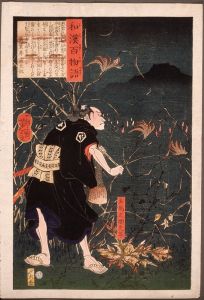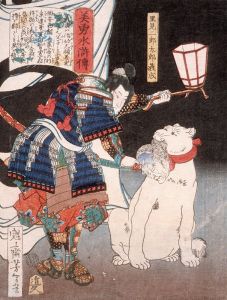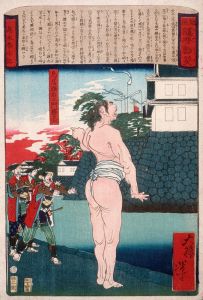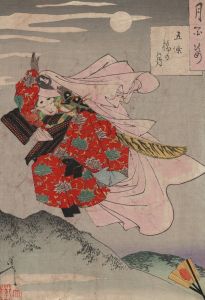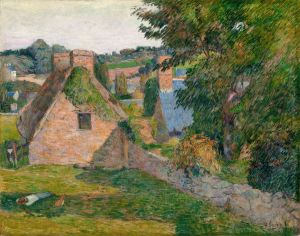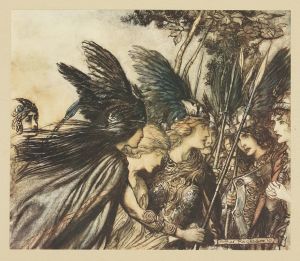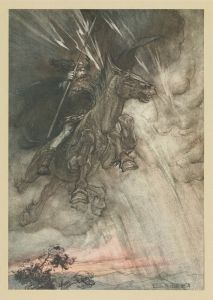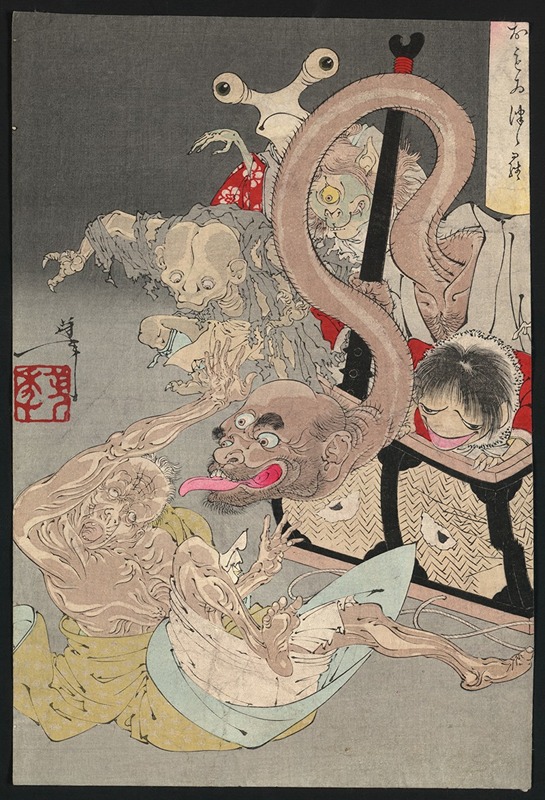
Omoi tsuzura
A hand-painted replica of Tsukioka Yoshitoshi’s masterpiece Omoi tsuzura, meticulously crafted by professional artists to capture the true essence of the original. Each piece is created with museum-quality canvas and rare mineral pigments, carefully painted by experienced artists with delicate brushstrokes and rich, layered colors to perfectly recreate the texture of the original artwork. Unlike machine-printed reproductions, this hand-painted version brings the painting to life, infused with the artist’s emotions and skill in every stroke. Whether for personal collection or home decoration, it instantly elevates the artistic atmosphere of any space.
Tsukioka Yoshitoshi (1839–1892) was a renowned Japanese artist, widely celebrated for his contributions to the ukiyo-e genre of woodblock printing and painting. He is often regarded as the last great master of this traditional Japanese art form. Yoshitoshi's works are known for their dynamic composition, dramatic imagery, and innovative use of color and shading, which marked a significant evolution in the ukiyo-e style during the late Edo and early Meiji periods.
One of Yoshitoshi's notable works is "Omoi tsuzura," which translates to "The Heavy Basket of Thoughts." This piece is part of his broader body of work that often explored themes of beauty, violence, and the supernatural, reflecting the tumultuous period of transition in Japan from a feudal society to a modern state.
"Omoi tsuzura" is a striking example of Yoshitoshi's ability to convey complex emotions and narratives through his art. The piece is characterized by its intricate details and the use of bold lines and vivid colors, which are hallmarks of Yoshitoshi's style. The composition likely depicts a scene imbued with emotional depth, possibly drawing from Japanese folklore, literature, or historical events, as was common in Yoshitoshi's oeuvre.
Yoshitoshi's work often included depictions of famous historical figures, legendary heroes, and scenes from classical literature, rendered with a psychological intensity that was unique to his approach. His prints frequently featured strong, expressive characters, and "Omoi tsuzura" would be no exception, showcasing his skill in capturing the human condition and the complexities of the human psyche.
During Yoshitoshi's lifetime, Japan was undergoing significant cultural and social changes, transitioning from the Edo period to the Meiji era. This period was marked by the opening of Japan to the West and the subsequent modernization efforts. Yoshitoshi's work reflects this period of change, as he managed to blend traditional Japanese themes with new artistic influences, creating a unique style that resonated with both contemporary and modern audiences.
Yoshitoshi's influence extended beyond his lifetime, as his work continued to inspire future generations of artists. His ability to depict emotion and movement with such intensity and clarity has been recognized as a significant contribution to the world of art. Today, his prints are highly sought after by collectors and are displayed in museums around the world, appreciated for their historical significance and artistic mastery.
In summary, "Omoi tsuzura" by Tsukioka Yoshitoshi is a testament to the artist's exceptional skill and his ability to capture the essence of a rapidly changing Japan. Through his innovative techniques and profound storytelling, Yoshitoshi has left an indelible mark on the history of Japanese art, ensuring his legacy as one of the great masters of ukiyo-e.





